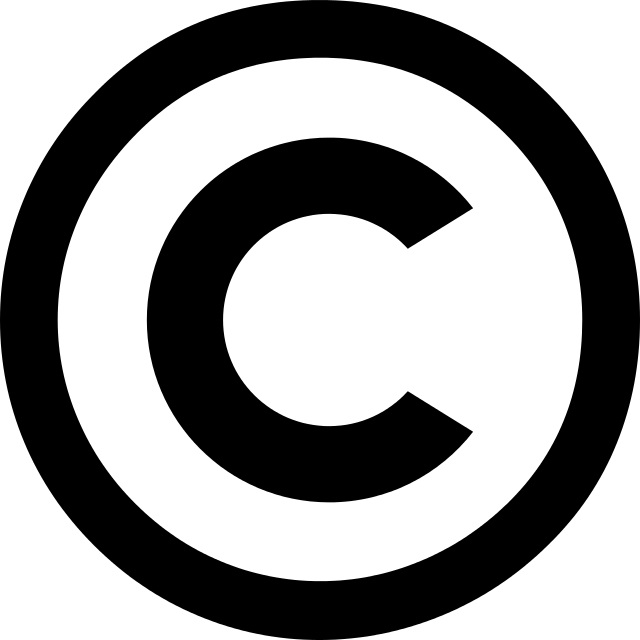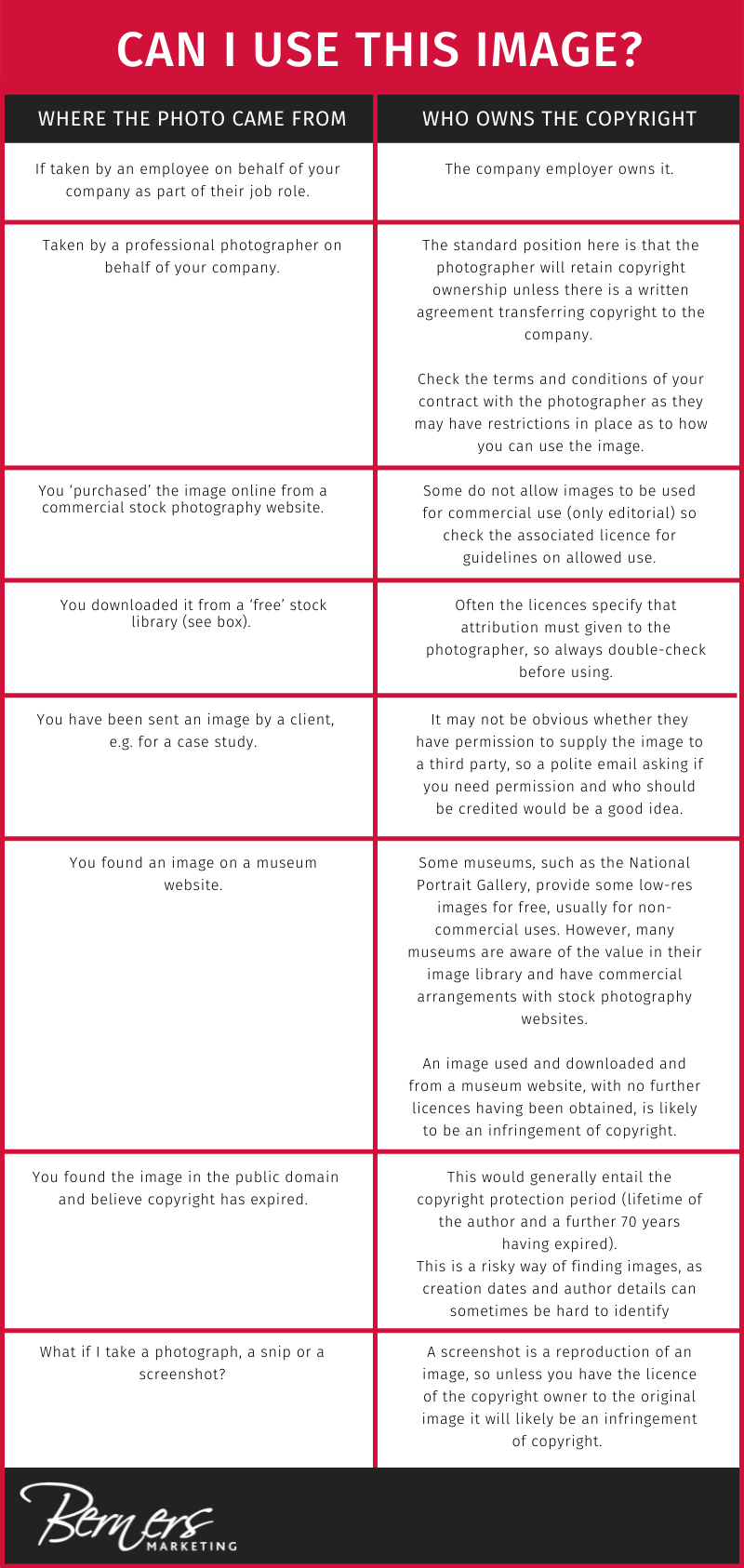First Published in PM Magazine, January 2022 (www.pmforum.co.uk)
Images are a vital part of your content marketing; they inject life into your blog, add colour to your corporate social media feed and studies have shown posts perform better, are shared more often, and see more engagement when paired with relevant, high quality images. But is it OK to simply copy and paste an image from the internet?
It is always good to refresh our knowledge, and so legal marketing expert Sue Bramall enlisted the help of two solicitors who are experts in image rights protection: Samuel O’Toole and William Miles from the intellectual property firm Briffa to answer some common questions.
Copyright is a form of intellectual property right which protects (amongst others) original literary and artistic works. It arises automatically, so does not require a registration to protect it (like a trade mark). In the case of a photograph: once that shutter button is clicked, copyright will be created and most often owned by the camera operator as an original artistic work.

Copyright gives the owner the exclusive right to:
It may be indicated by the © symbol but it is not a requirement, and if you cannot see the © symbol this doesn’t mean that copyright does not exist.
Copyright is usually owned by the author of the work unless there is an employer/employee relationship, in which case it will be owned by the employer. For example, if it is part of your job description to take photos of new joiners.
Copyright will last the life of the photographer plus 70 years, and the owner has the exclusive right to prohibit third parties from making copies of the copyright work.
Therefore, if you are reproducing a photograph or image without the permission of the copyright owner, this is very likely to be an infringement of copyright.
Some terms to be aware of include:
The first question to ask yourself before using an image is ‘do I know who created it and who the copyright belongs to’? Even if an image does not have a caption, alt tag or watermark with a copyright notice, it is still protected by law.
Here is a summary of the most common sources that we might use in marketing professional services:

Copyright infringement is a civil offence meaning the courts can order damages for compensation for historical infringement and injunctions to prevent future infringement. In some circumstances, copyright infringement can even amount to a criminal offence.
In 2015, a patent attorney in Washington DC was fined $8,000 for the unauthorised use of photographs from Masterfile. More recently and in the UK, Hayes Connor (a law firm) agreed to pay £45,000 in damages, in addition to legal costs, for infringing the copyright in another law firm’s letters.
The easiest way to avoid any mistakes being made, or to risk any legal implications is to educate your marketing staff in the basics of copyright, particularly the person who is responsible for choosing images and uploading content.#
Here is a list of sites where you can find royalty and license-free images to illustrate your articles and social media posts – but remember to check their Ts & Cs and attribution policy:
Sue Bramall is the director of Berners Marketing and Samuel O’Toole and William Miles are solicitors from the intellectual property firm Briffa. They are very friendly lawyers and kindly offer a free consultation to members of PM Forum if you have any copyright questions or queries.